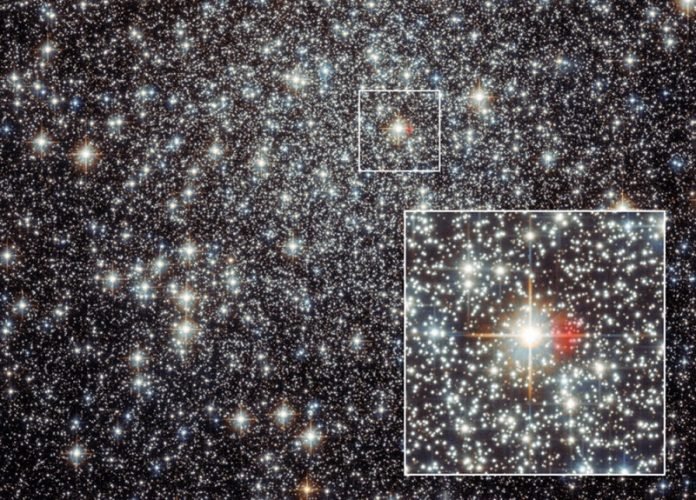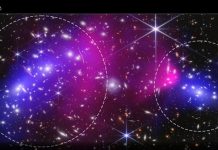
In a new study, scientists have discovered the remains of a nova in a galactic globular cluster.
They used modern instrument and found that the remnant is located near the center of the globular cluster Messier 22.
The research was conducted by a European research team involving the University of Göttingen.
Previous research has shown that a nova is an explosion of hydrogen on the surface of a star.
A nova much brighter, and the remains form a glowing nebula.
Globular clusters are large, spherical clusters of several hundreds of thousands of very old stars that orbit together around their home galaxy.
Currently, there are 150 known globular clusters orbiting the Milky Way.
Messier 22 is one of the star clusters and lies in the constellation Sagittarius in the direction of the center of the Milky Way.
In the study, the team observed Messier 22 with the instrument MUSE at the Very Large Telescope of the ESO in Chile.
The MUSE instrument was developed with the participation of the Institute for Astrophysics.
It can produce images and simultaneously splits starlight by color, measuring the brightness of stars as a function of color.
This function makes it very useful for finding nebulae that often only glow in a certain color.
The researchers found that the position and brightness of the remains match an entry from 48 BC in an ancient collection of observations by Chinese astronomers.
They suggest that the Chinese astronomers may see the original Nova in the same place.
This means modern measurements confirm one of the oldest observations of an event outside the solar system.
The lead author of the study is Fabian Göttgens of the Institute for Astrophysics at the University of Göttingen.
The study is published in the journal Astronomy & Astrophysics.
Copyright © 2019 Knowridge Science Report. All rights reserved.



